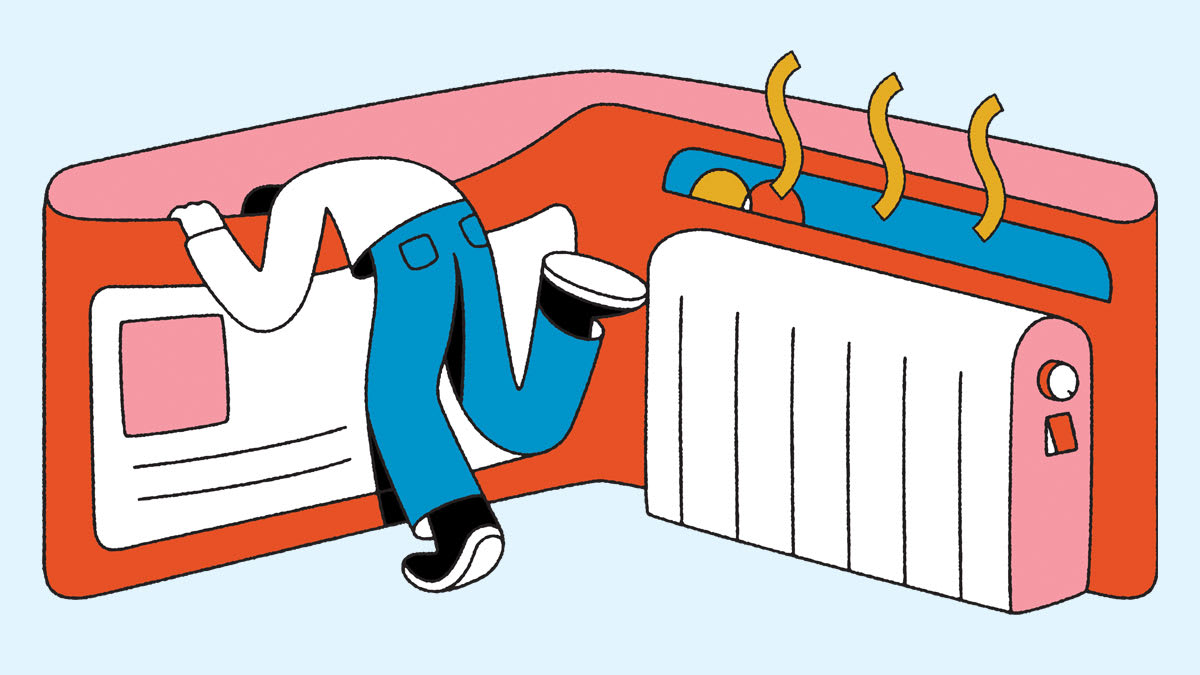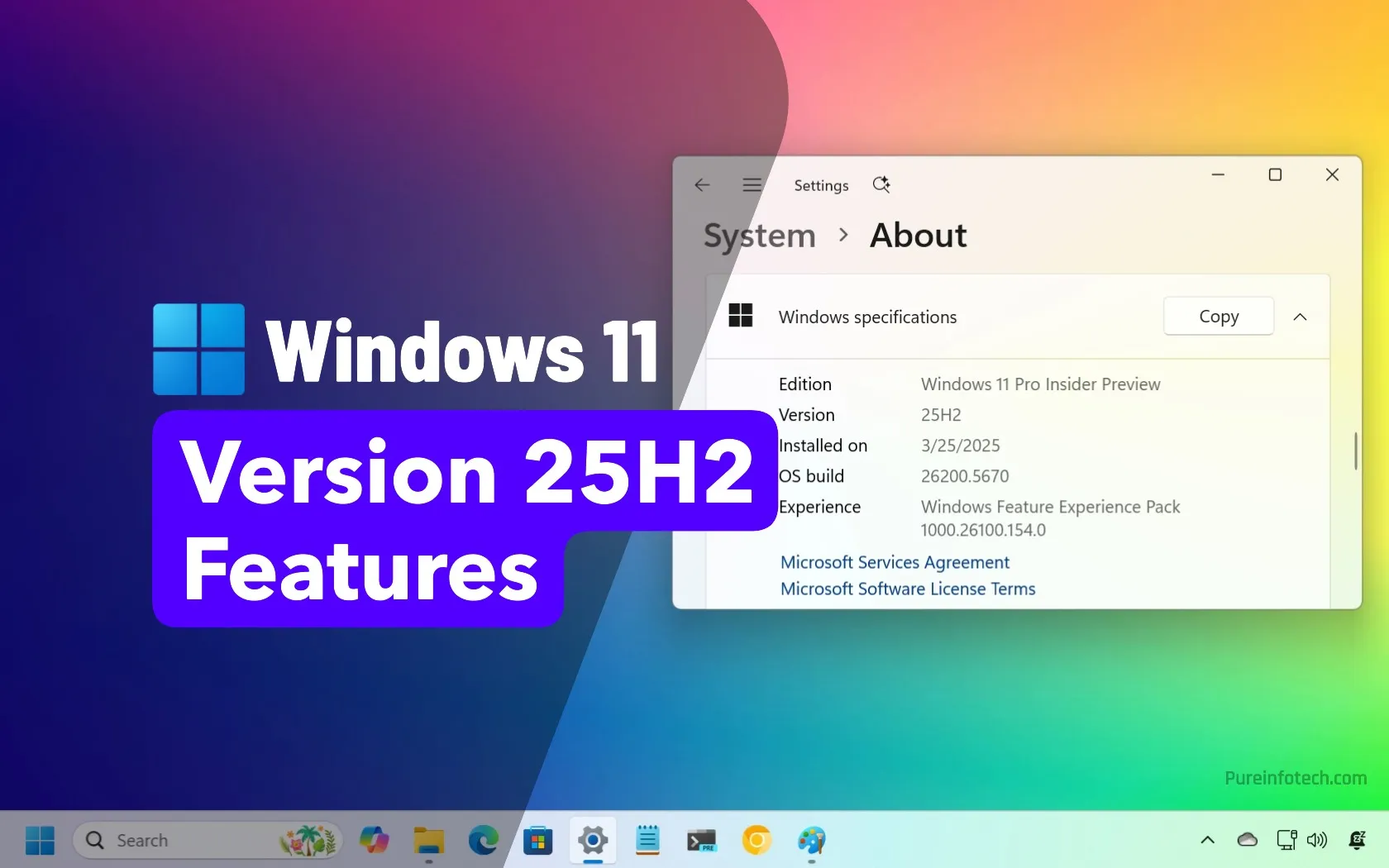
A space heater is economical only if you use it judiciously. That’s because, in general, electricity is pricier than natural gas (which is the most common type of whole-home heating fuel in the northern U.S.). They should be used as supplemental heat, not as a substitute for a thermostat that warms your entire home.
Keep in mind that many of the space heaters we’ve tested are claimed to heat only about 150 to 200 square feet. Most use 1,500 watts when on the highest heat setting, which costs about $2 per 8-hour day or over $50 a month based on the average cost of electricity nationally (local costs vary).
To calculate how much you’ll spend using your particular space heater based on local electricity rates, use this formula:
1. Multiply your space heater’s wattage by X hours of use = A.
2. Multiply A by your electricity rate per kilowatt-hour = B.
3. Divide B by 1,000.
And don’t forget to factor in the initial space heater cost. A space heater that retails for hundreds of dollars may not save you money in the long run. For example, the Dyson Pure Hot+Cool (HP04) which also claims to purify air, is the most expensive space heater in our ratings at nearly $650. While it’s a highly rated space heater, you’re unlikely to make up that premium price in energy savings.
It’s best to run a space heater only when you really need one, such as when you’re warming a room you’ll be in for a few hours at a time. Never leave space heaters on overnight or unattended for long periods because they can be a fire hazard. CR also recommends turning them off before bedtime and not relying on the sleep mode timer. For more advice on choosing and using a space heater, see our space heater buying guide.
Source link








